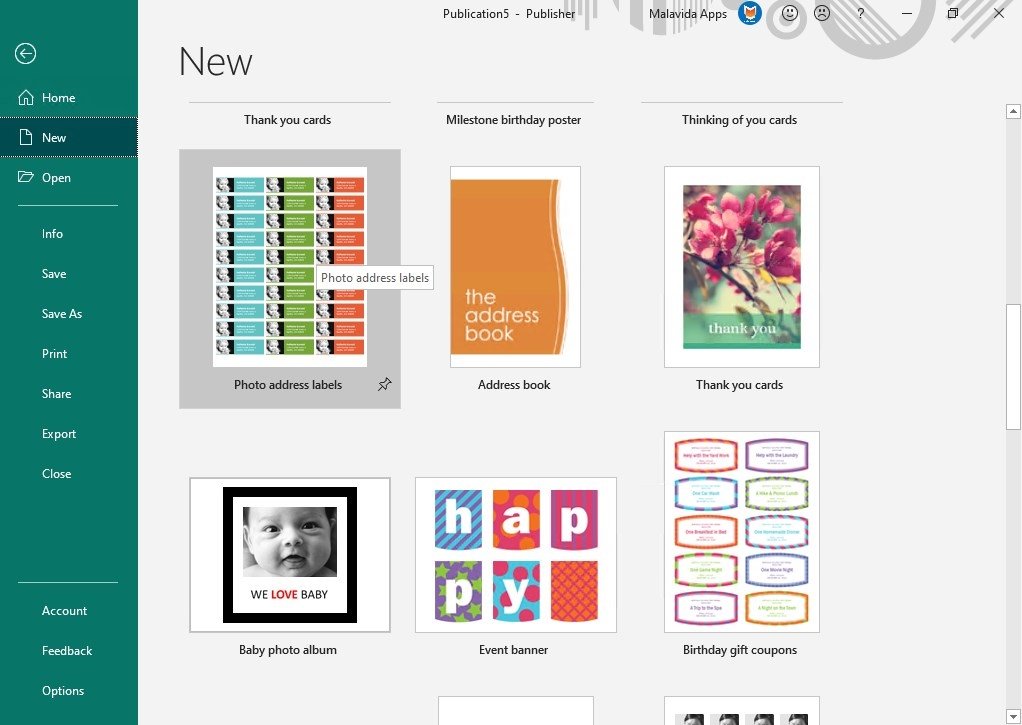
Joel explains more, "Having lots of imprints tends to come about for one of two reasons: either because multiple small publishing companies joined together at one point in time but preserved their own identity, or because a new imprint has been set up within a company, with a specific remit to look for a certain kind of book. Many publishing houses are made up of imprints, which are small publishing units, and may have a certain identity or publish a certain type of book. We also have a specific division focused on producing, recording and releasing audio versions of our books from their state-of-the-art studios in our office. At Penguin Random House, for instance, we are made up of eight publishing houses, each of which is creatively and editorially independent and made up of its own team of publishing experts, including editors, designers, marketers and publicists. Publishers may be made up of divisions or publishing houses, which are like small companies within a larger company. Our books travel from our printing partners to our warehouse in Essex, and then onto bookshops, supermarkets and online retailers, before finally ending up in the hands of readers. Distribution: Our distribution team is responsible for getting 80 million books each year to our readers.Technology: Technology enables absolutely everything we do at Penguin Random House and is an intrinsic part of the whole process - from the support provided by our technology teams to the systems and platforms we use to create our books.Audio: Our audio division brings together our authors and the world’s very best acting talent to create exceptional and immersive listening experiences.They work with retailers across the country, day in, day out, to connect our readers with the books they love. Sales: Our sales teams know the book market inside out and understand exactly what readers are looking for.Publicity & Marketing: Our publicity teams get the word out about our books through creative, multi-channel campaigns which create excitement among existing fans and seek out new readers.Design: Our teams of designers create beautiful, striking and eye-catching designs which grab your attention in a bookshop window, on social media or on outdoor advertisements.Making decisions on paper, finish and flourishes such as foils, they make books into beautiful objects. Production: Our production team work closely with designers to ensure everything on screen can be translated to a printed book.Here are just some of the teams who are involved in bringing each and every one of our books to life: The most successful publications see all these different teams working in sync, with everyone’s individual skills and experience required to create a bestseller."


The best book in the world might never be read if it didn’t have a great cover to make you want to pick it up, a skilled publicist to make sure you know about it, and a brilliant distribution team working tirelessly to ensure that the book is actually there to buy, whether on a shelf in a bookshop, or in the warehouse of an online retailer. "Publishing is a team effort," says Joel Richardson, publisher at Michael Joseph. "It relies on such a range of different expertise. If an author signs with a publisher, they can expect that publisher to do everything from copy editing, to media training authors and illustrators, creating marketing materials to promote the book, deciding which retailers to approach to stock the book, and persuading newspaper and magazine editors to run reviews.

There's a huge amount of work that goes on behind the scenes all equally important to a book's success. The process from receiving the manuscript to delivering the finished book will often take the best part of a year (sometimes longer, sometimes shorter), and will always involves dozens of experts along the way: from marketing to technology, and sales to social media. From the start of the process to the very end, a publisher invests a huge amount of time, money and expertise in ensuring that each book is the very best it can be. And everything is done with the intention of getting authors' brilliant work into the hands of as many readers as possible. But, while that's true to some degree, the publisher's role (and indeed, that of the editor) is much broader and much more intensive. When people think of publishing they usually think of an editor poring over a manuscript, writing notes to the author in the margin.


 0 kommentar(er)
0 kommentar(er)
